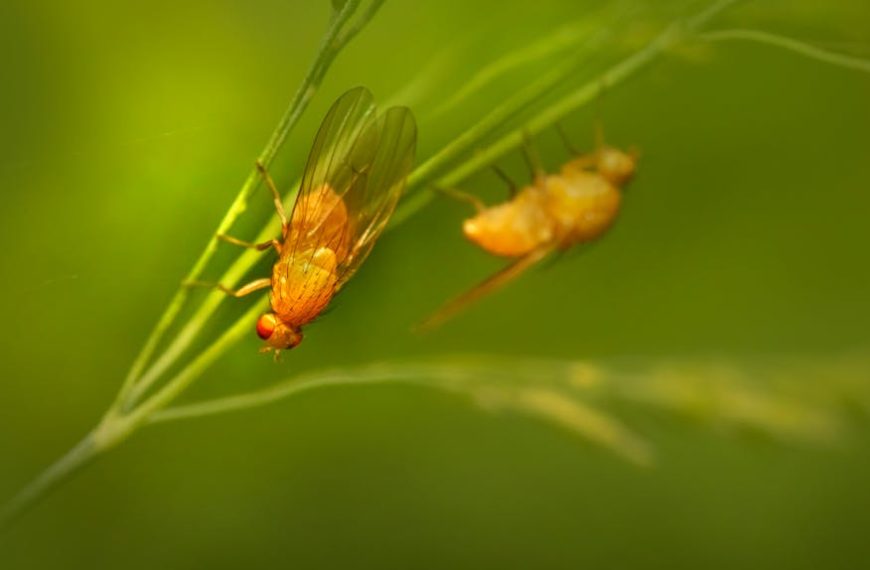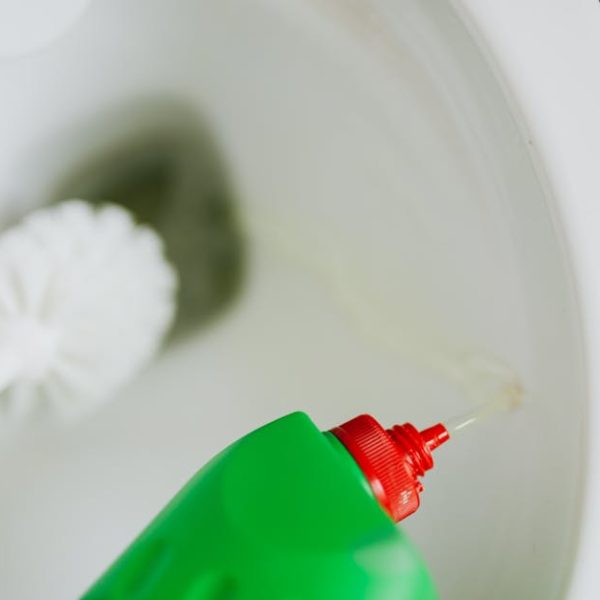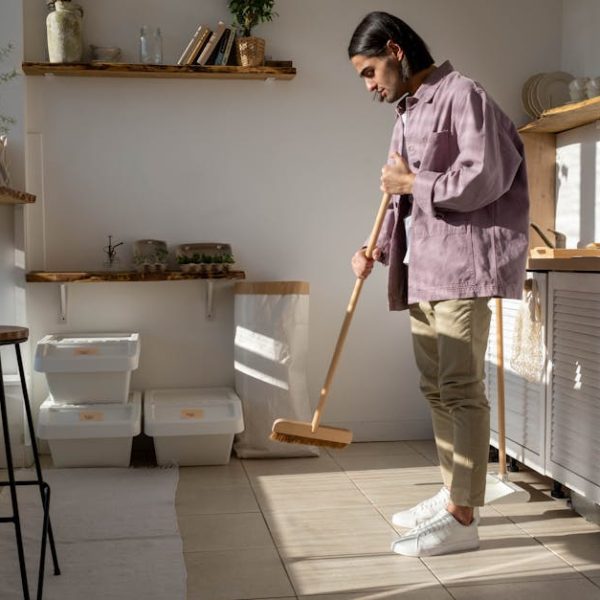Roses are a symbol of love and beauty, adorning homes on special occasions or as everyday décor. And while their enchanting beauty and soothing fragrance are highly appealing, dealing with scattered petals, especially during cleaning, can be a bit tricky. Most of us rely on our trusty vacuum cleaners for daily cleaning tasks. But can you vacuum rose petals?
The Question: Can Rose Petals be Vacuumed?
This question isn’t as strange as it appears on the surface. Vacuuming is often the first solution most people think about when they encounter little messes. However, the delicate nature of rose petals might make one hesitate before charging in with a vacuum cleaner.
Could vacuuming rose petals potentially damage your vacuum or even the surface you’re cleaning? The curiosity is legit and pretty significant for individuals involved in situations like post-wedding celebrations, DIY art and craft projects, or even regular gardening routines.
Pro Tip: If you can’t avoid vacuuming up rose petals, opt for vacuum cleaners with adjustable suction power. This feature allows you to reduce the risk of damaging the vacuum or the surface you’re cleaning.
The Possible Dangers of Vacuuming Rose Petals
While vacuuming rose petals may seem like the quickest cleanup solution, it comes with its concerns. Rose petals, especially in substantial quantities, pose a risk of clogging vacuum cleaner tubes, which could potentially damage your appliance. Furthermore, depending on how fresh or old the petals are, they might stain or smear your carpets or surfaces, making the cleanup process more complicated.
Pros and Cons of Vacuuming Rose Petals
| Pros | Cons |
|---|---|
| — | — |
| Quick and easy | Risks clogging vacuum tubes |
| Effortless petal collection | May stain or smear surfaces |
| Useful for light, dry petals | Not recommended for wet, heavy, or substantial quantities |
Best Practice: Before vacuuming rose petals, always check for potential staining risks and remove any bulky items by hand. Ensure your vacuum has an adjustable suction power and utilise a controlled suction mode.
Alternatives to Vacuuming Rose Petals
If you’re wary of the potential vacuuming pitfalls or looking for a safer route, other cleanup options are available. Sweeping or manually picking up the rose petals is advised, provided you have the time and patience. This method will ensure you collect the petals without risking clog-ups, stains, or smearing.
️ Checklist for Manual Cleanup:
- Gather the necessary materials, including a soft broom and a dustpan.
- Start from one end of the room and sweep gently towards the other.
- Collect the gathered petals using the dustpan.
- Dispose of or repurpose the collected petals.
Pro Tip: Don’t toss those rose petals yet! They can be put to good use, perhaps in making rose petal jam or basil-infused oils, or even used in composting for your plants. You can let your creativity run wild while also being environmentally friendly.
Cleaning Stains From Rose Petals
One thing to remember is that rose petals, especially those that are dark or have withered, carry a risk of staining surfaces, especially if you try vacuuming them up. These stains can be challenging to remove from common items like hardwood, carpets, and upholstery.
Best Practices for Cleaning Stains:
- Identify the stained surface: First, it’s crucial to know what material you’re dealing with, as different surfaces require different cleaning solutions and methods.
- Choose your cleaning solution: Commercial stain removers work well, but for those interested in natural alternatives, solutions like vinegar and baking soda can be a friendly choice.
- Removal technique: Blot the stains gently instead of rubbing or scrubbing. Aggressive rubbing might cause the stain to spread or get pressed deeper into the surface.
- Test first: Always remember to test your cleaning method in an inconspicuous spot first to ensure it doesn’t cause discoloration or further damage.
Pro Tip: Always tackle stains as soon as possible. The longer a stain sits, the harder it becomes to remove.
Maintaining a Rose Petal-Free Home
Remnants of roses can undoubtedly produce a captivating aroma, but without proper care, they can also quickly become a nuisances. So, what can one do to minimize the spread of rose petals in their home?
Checklist for a Petal-Free Home:
- Careful handling: Always handle bouquets gently to prevent loosening petals.
- Smart disposal: Wrap wilted bouquets in newspaper before disposal to catch falling petals.
- Strategic placement: Place vases on trays to catch any falling petals.
- Regular cleaning: Sweep or vacuum regularly to manage any petals that do fall.
Pro Tip: If you still want the aesthetic and scent of flowers but don’t want to deal with cleaning rose petals, consider choosing flowers that are low-shedding, such as orchids or lilies.
In conclusion, while vacuuming can be used to clean rose petals, it’s essential to account for variables such as the vacuum cleaner design, petal quantity, and surface considerations. With careful cleanup or even practical alternatives to roses, petal management is certainly possible without the fret!
Key Takeaway:
- Vacuuming rose petals is possible but it carries potential risks such as clogging vacuum cleaner tubes, staining surfaces or damaging the vacuum.
- Adopting vacuum cleaners with adjustable suction power can facilitate safe vacuuming of rose petals.
- Other methods, including sweeping or manual collection, are effective alternatives to vacuuming.
- Special attention is required to clean the stains from rose petals, with techniques varying based on the type of stained surface.
- Preventive strategies like careful handling of bouquets or strategic placement of vases can help in maintaining a rose petal-free home.
Remember, while dealing with scattered petals during cleaning can be tricky, a thought-out approach can simplify the task. Whether you consider vacuuming or prefer the manual method, know your options and choose wisely. Don’t let the thought of cleanup deter you from enjoying the beauty of roses in your home.
FAQs
Q: Can I use rose petals in compost?
A: Absolutely. Rose petals are organic material and can be composted. This can contribute to a rich, fertile compost for your plants.
Q: How to reduce the shedding of petals from roses?
A: Keep the roses in a cool place and don’t expose them to direct sunlight, wind, or heavy traffic areas. Keep them hydrated, but avoid excessive misting as it can cause petals to fall off faster.
Q: Do all roses shed petals frequently?
A: No, rose varieties differ in their shedding properties. While some roses may shed frequently, others like knock out roses or carpet roses shed less often.
Q: Are there any specific cleaning products recommended for removing stains from rose petals?
A: Commercial stain removers generally work well. However, individuals interested in natural alternatives can use solutions like vinegar and baking soda.
Q: Do vacuum cleaners with adjustable suction power cost more?
A: Not necessarily. While some high-end models come with this feature, there are also plenty of affordable vacuum cleaners on the market that have adjustable suction power.
Please share this article with others and explore more posts on our website to keep your surroundings clean and welcoming.












